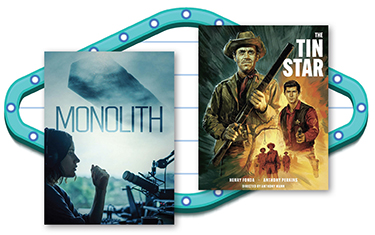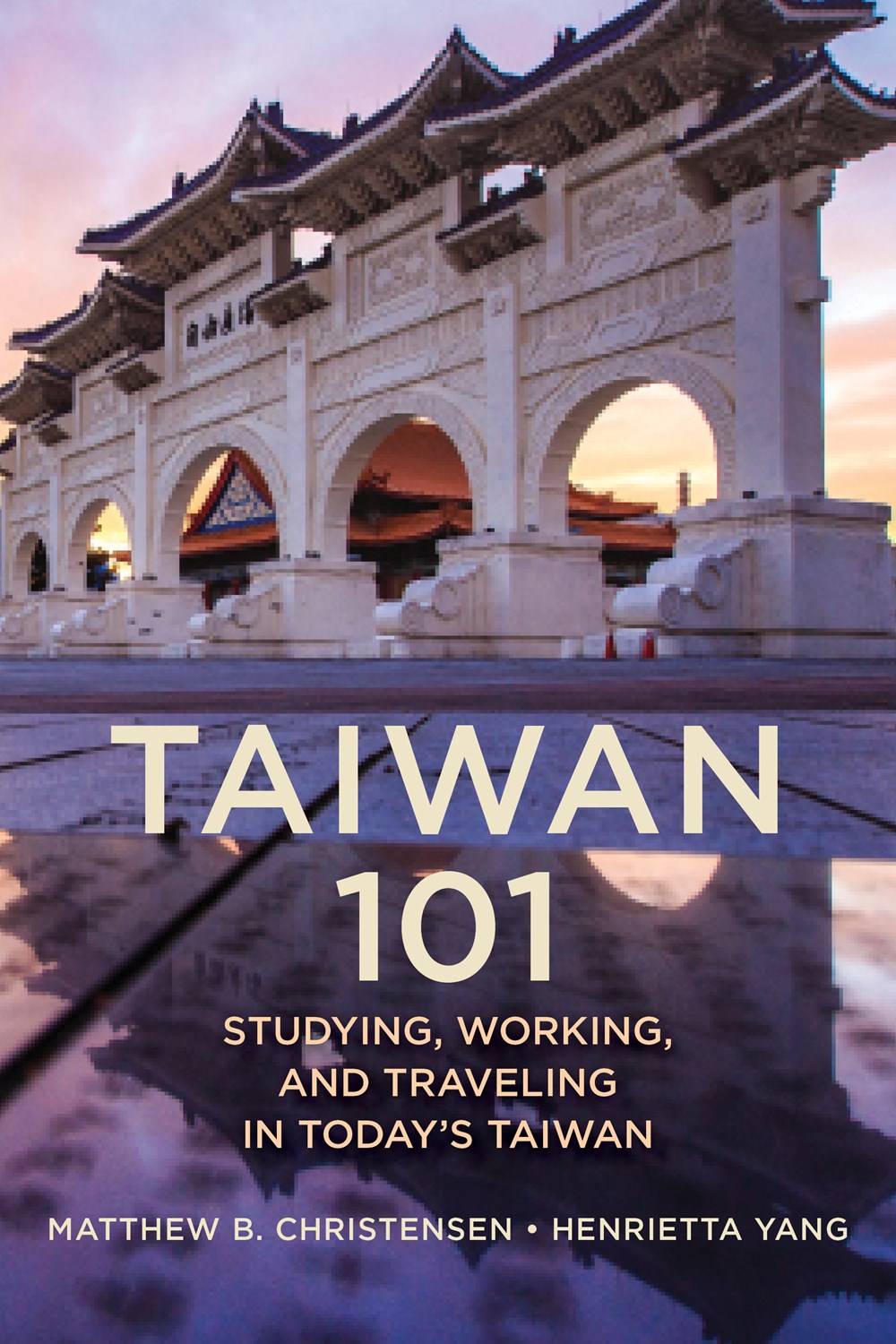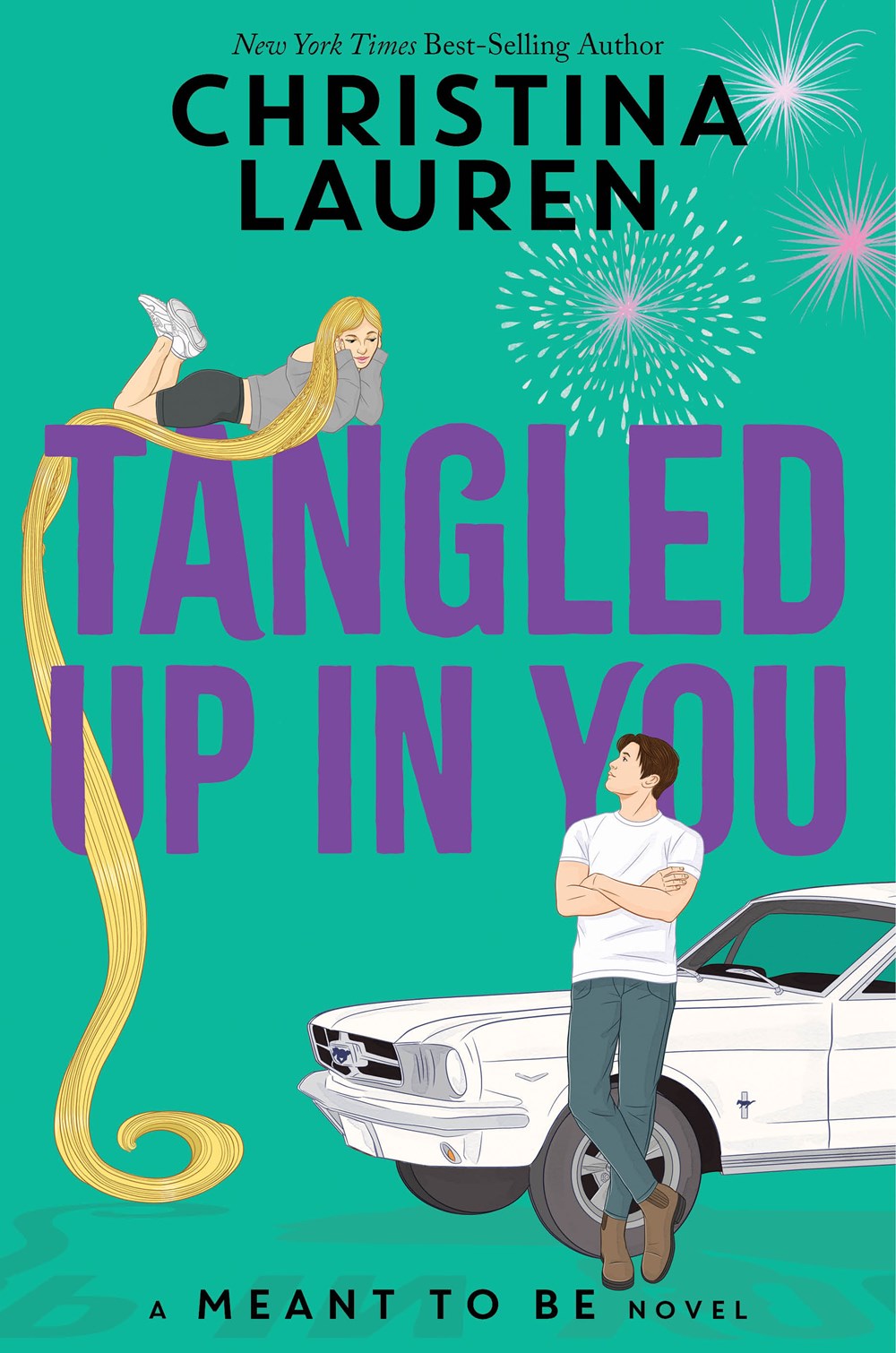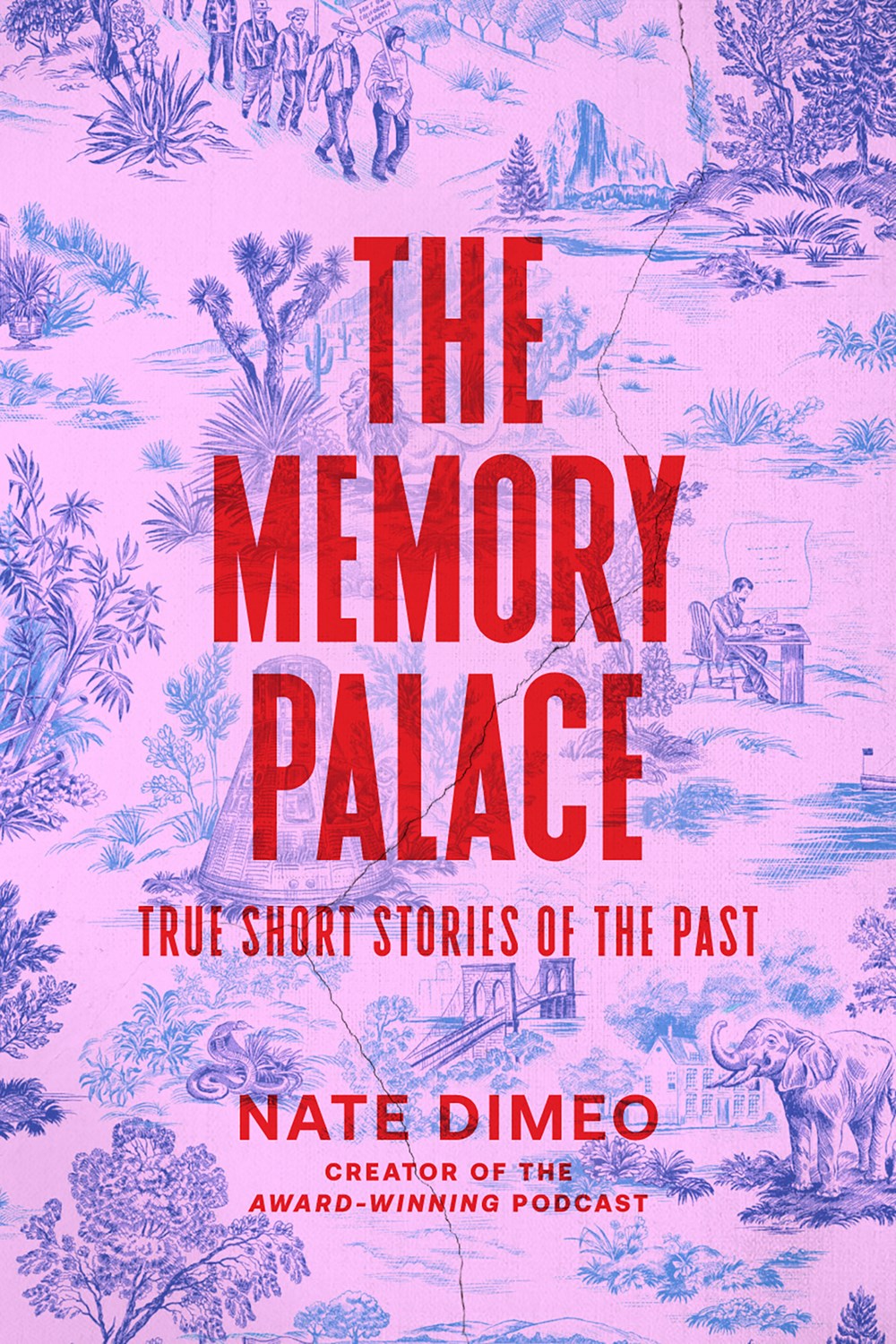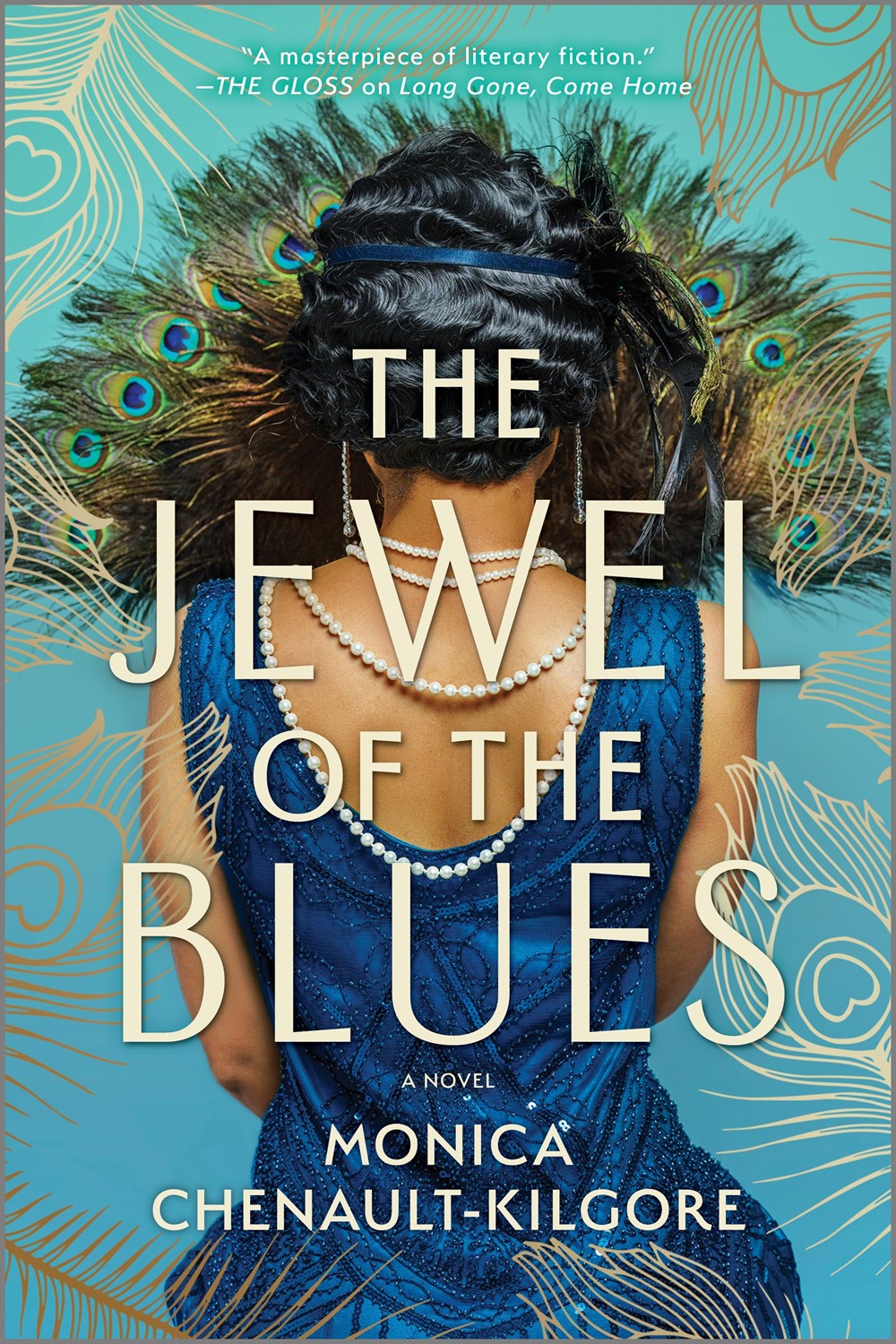reviews
ALL COVERAGE
This month’s can’t-miss documentaries delve into Joan Baez’s career, the intimacy of Estonian smoke saunas, and the lives of hip-hop dancers at a prestigious Paris academy.
Contemporary romance author Katelyn Doyle and historical romance author Scarlett Peckham are one and the same, with both a unique, sizzling second-chance rom-com and a sexy, bawdy, and fun historical romance coming out this summer.
Upcoming DVD and Blu-rays to watch include an adaptation of Isabel Wilkerson’s Caste, River Phoenix with a prank turned bittersweet, and the story of fearless flight attendants.
This month’s top foreign and indie picks include an animated depiction of visionary Leonardo da Vinci, stories dramatizing Cuba’s pro-Castro movement, and Barbara Stanwyck as a laid-off newspaper reporter who spawns a social movement.
An indispensable guide for readers traveling to Taiwan and a book recommended for anyone interested in China-Taiwan-U.S. relations.
These three romances offer new takes on classic stories, including a steamy modern “Beauty and the Beast” tale, a rom-com reimagining of Rapunzel, and a unique contemporary twist on The Great Gatsby.
PEN America announces two award winners: Javier Fuentes’s Countries of Origin for debut novel and The Blue House: Collected Works of Tomas Tranströmer, tr. by Patty Crane, for poetry in translation. The Women’s Prize for Fiction shortlist is announced, featuring books by Anne Enright, V.V. Ganeshananthan, Kate Grenville, Isabella Hammad, Claire Kilroy, and Aube Rey. NYPL’s Dorothy and Lewis B. Cullman Center for Scholars and Writers selects its class of 2024–25 fellows. A climate fiction prize will launch at Hay Festival on June 2. The U.S. Senate passes the TikTok bill, setting up legal and First Amendment challenges. Plus, LibraryReads and LJ offer read-alikes for Funny Story by Emily Henry, the top holds title of the week.
History highlights include an exploration of the Wild West, a book about the discovery of Ernest Shackleton’s Endurance, a history of moutaineering, and a look at reproductive rights pioneers; plus two hit podcasts receive book treatments.
These novels span centuries, featuring a woman-centered Trojan War retelling, a midwife in 14th-century Provence, a 1920s jazz era singer, and two World War II stories.
ALREADY A SUBSCRIBER? LOG IN
We are currently offering this content for free. Sign up now to activate your personal profile, where you can save articles for future viewing


